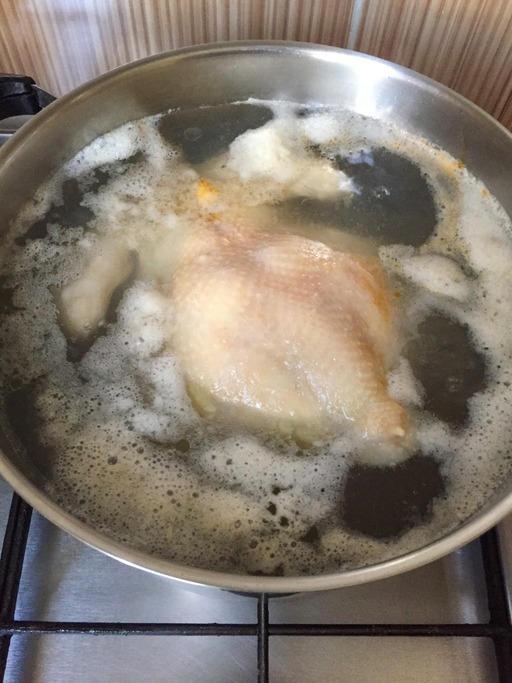Boiling chicken is a common cooking technique, but encountering foam during the process can be frustrating. In this article, we’ll explore the causes of foam when boiling chicken and provide practical tips to prevent and manage it, ensuring your cooking experience is smooth and successful.
Boiling chicken is a fundamental cooking method used in various recipes, from soups and stews to salads and sandwiches. However, when foam appears on the surface of the water, it can affect the quality and appearance of the dish. Understanding why foam forms and how to deal with it is essential for achieving optimal results in your culinary endeavors.
What Causes the Foam to Form?
The foam that forms when boiling chicken, known as scum, consists of coagulated chicken proteins derived from residual meat on the bones. The foam forms when proteins, fats, and other substances are released from the chicken during the boiling process. These proteins undergo a transformation from a liquid to a solid state during cooking, irreversibly forming a firm substance.
As cooking progresses, these proteins intertwine and bond, creating a network that traps air and causes the foam to rise to the surface of the pot. Similar foam may also appear when cooking high-protein vegetables or legumes, such as lentils or chickpeas. While the foam is harmless, it can affect the appearance, texture, and taste of stocks if not removed, as it may disperse impurities and cause cloudiness.
Should You Skim the Foam?
If you’re simply boiling chicken to later strain it out of the water, there’s no need to remove the foam. However, in the case of stocks where the cooking liquid will be retained, it’s advisable to skim off the foam. While the foam itself is harmless (since it’s made of food proteins), it’s considered undesirable due to its appearance, texture, and potential impact on taste. Leaving the foam in the stock can make it cloudy and may affect its overall quality by dispersing impurities like fats, small bone fragments, or meat particles throughout the liquid. Ultimately, skimming the foam ensures a clearer, more flavorful stock.
How to Handle and Prevent Foaming When Boiling Chicken
see continuation on next page
